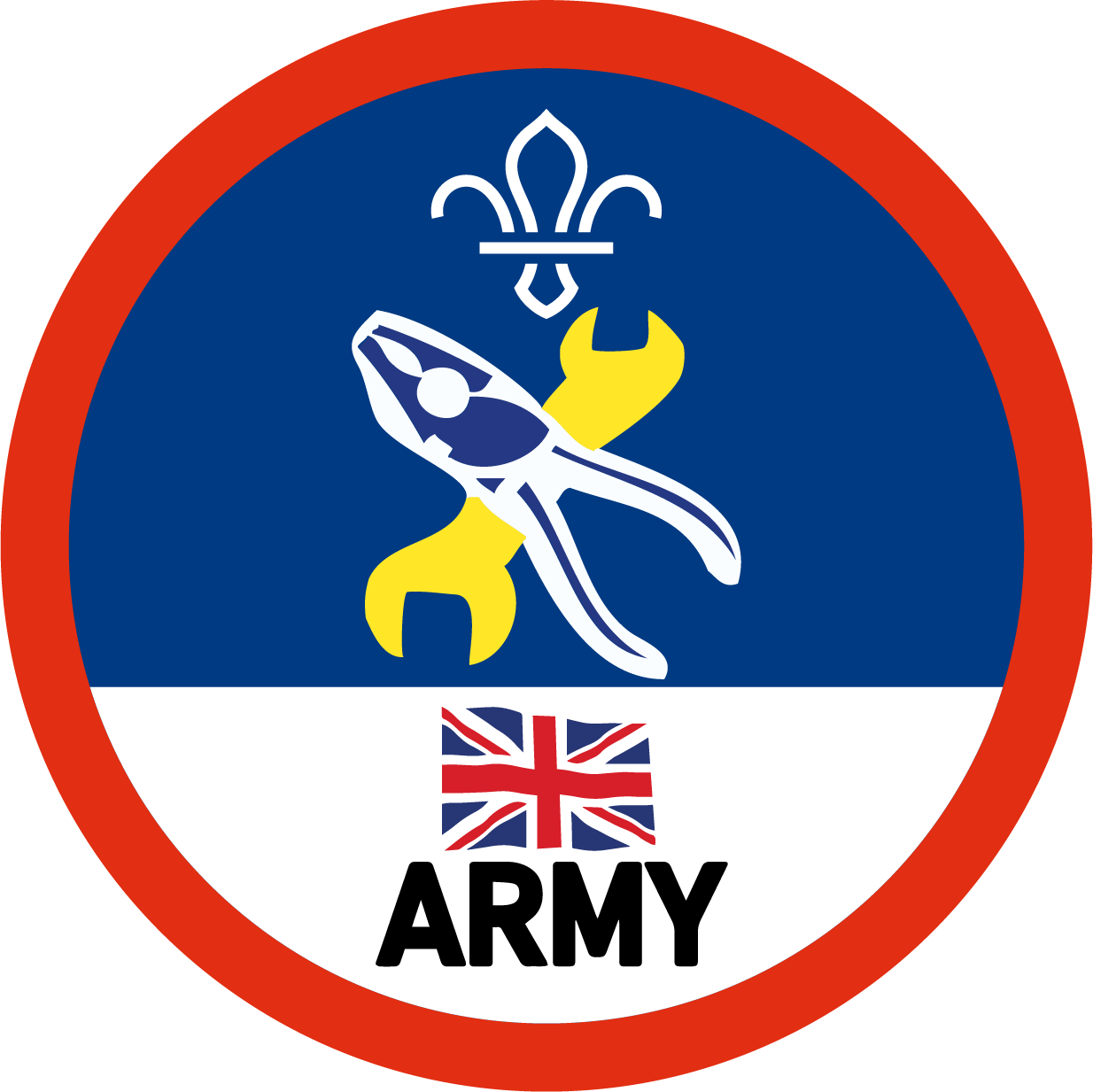
Feeling the pressure
You’ll need
- Access to the internet
- Tyre pressure gauge/pump
- Access to a motorcycle (with the correct manual)
Keeping tyres at the right pressure is very important. If the pressure is too low more of the tyre will touch the road. This can cause the tyre to wear down more quickly and heat up from friction which can cause the tyre to tear apart while driving. If the pressure is too high there will be less tyre touching the road which will give you much less grip and can cause the tyres to jump around on the road.
Keeping your tyres at the right pressure will not only keep you safe, but also save you money by keeping them in top condition for as long as possible, which is also great for the environment too.
Before you begin
- This activity’s part of a series of short activities in the Scouts Mechanic Activity Badge.
- Decide how you’ll run these activities. You could run a mechanics activity day with a few vehicles, so small groups can try different tasks on different vehicles at the same time. You could also run the activities as short bases during a meeting (while other activities take place).
- Decide who’ll run and supervise this activity. All of the practical activities for the Mechanic Badge should be run and supervised by a qualified mechanic (or someone with enough knowledge gained through experience).
Guidelines
- Check your vehicle manufacturer’s guidelines to find the correct tyre pressures for the motorcycle.
- Remove the dust caps from the tyres, keeping these safe, and use a vehicle tyre pump or pressure gauge to check the pressure of the tyres by pushing or screwing the gauge onto the valve stem.
- If the tyre pressures are too low inflate these using the pump to the manufacturer recommended pressure.
- If the tyre pressure is too high air should be released until the tyre is at the right pressure. Many pumps will have a feature to release air or you can press something gently into the centre of the valve which will open and release air.
- Once the tyres are inflated make sure to replace the dust caps as these protect the valves from dust and dirt and act as a second pressure seal.
Reflection
Did you know? The world's largest ever tyre belongs to a giant digger and is four metres tall – that’s like two really tall people.
Looking after and repairing your vehicle is an amazing skill to have. It will help keep you and others safe, boost your independence, save you money and help support the environment by using up few resources and new parts.
Safety
All activities must be safely managed. You must complete a thorough risk assessment and take appropriate steps to reduce risk. Use the safety checklist to help you plan and risk assess your activity. Always get approval for the activity, and have suitable supervision and an InTouch process.
- Chemicals
This task involves the use of potentially harmful fluids or chemicals. Make sure you follow all relevant safety guidance. Make sure you dispose of them appropriately too, in line with safety guidance.
- Manufacturer’s guidelines
All vehicles will be different so always follow the manufacturer’s guidelines.
- PPE
Before completing this activity make sure you have suitable personal protective equipment (PPE). This could include eye or ear protection, gloves, and anything else you need to protect yourself. You’ll know what you need as a result of completing the risk assessment for the activity.
- Vehicle readiness
Before completing this activity, make sure that the engine’s fully cooled. The vehicle should be parked on flat, stable ground with the parking brake applied.
- Outdoor activities
You must have permission to use the location. Always check the weather forecast, and inform parents and carers of any change in venue.
While this activity must always be supervised and guided by someone competent, they can vary the level of hands-on help they provide. People with more knowledge and experience should do more for themselves (with supervision); people with less knowledge and experience may need more hands-on help.
The person supervising and guiding the activity can help out with parts anyone finds tricky including reading instructions, lifting or moving heavy objects, or doing the smaller or more fiddly tasks.
All Scout activities should be inclusive and accessible.
This activity’s just one area of vehicle maintenance and repair. Encourage anyone who’s interested to complete the other activities in the Scouts Mechanic Activity Badge.
Involve young people in the decision about how to do the Scouts Mechanic Activity Badge (if they want to do it at all) – would they rather do the activities separately over different meetings or as part of an activity day? Just because this activity needs supervision (and you can’t alter the content or safety guidance), doesn’t mean young people can’t have a say.
